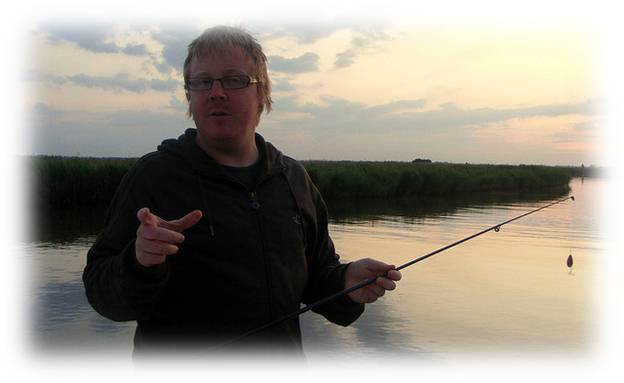Put your best foot forward – Using body language in storytelling
“It was THIS big!!”
I think that everyone is pretty familiar with that stereotypical fisherman’s story complete with hands-wider-than-physically-possible-to-reach gesture.
While our response is undoubtedly a “oh yeah…” accompanied by a roll of the eyes and sideways smirk at our companion listener or a chummy dig in the ribs of the boastful fisherman, there is also no denying that the gesticulation and vehemence of the way the story is told is certainly a contributing factor of how much we believe the person and regardless: It absolutely makes the fisherman’s tale more fun and engaging to listen to.

Dramatisation is the secret ingredient that boosts good storytelling into great storytelling.
When something is important to us, we want to make sure that our tale and accompanying point is understood, believed and incorporated.
Whether we’re consciously aware of it or not, deep down, we know the lasting impact those gesticulations have on how people understand us, even if we’ve hardly said a thing!
Actions (can) speak louder than words in the right story setting
We don’t want to lose any opportunity to convey our desired meaning, and we deliberately adjust our own body language and actions in order to do so.
Equally, we too read people’s body language and gestures to help us understand the real meaning of what they’re communicating to us.
Body language encompasses the movement of arms and legs, body posture, the manner in which you sit, walk, your facial expressions, eye movements and regular gestures such as stroking your hair, touching your nose, etc.
Over 50% (yes, fifty) of any communication between humans is done through gesture and body language
The precise figure tends to vary depending on which study you read, but they all agree that more than half of the meaning and substance of a human to human interaction is done through the language of our body.
Interestingly, these studies also generally agree that less than 10% of the meaning of a conversation is conveyed through the words that we use.
That means that around 40% of the meaning of any conversation is down to how we use our voice: Its tone, volume and pitch.
With body language we capture attention, create atmosphere, emotion, and draw in our audience.
The grimace on a storyteller’s face and their recoil from the floor in front of them tell you exactly how unpleasant stepping into the pig sty was!
The inflating chest and wide arms tell you just how deep and thunderous the breaths of the big bad wolf are as he huffs and puffs!
It is the dainty way you hold out your hands and the standing-on-tip-toes and hunching over that tells you just how quietly the town mouse and country mouse crept into the kitchen.
It’s the nonverbal part of storytelling that ensnares the imagination and engages the senses.
It also happens to be a lot of fun to do!
In this chapter we are going to discuss the following techniques:
- The three ways we use language to communicate with others.
- How to use your head as a prop in your childrens’ stories
- Arm, hand , leg and foot gestures and when to use them in story time
- A summary and the positive social skills your child can learn from body language.
“I speak two languages, Body and English.”
Mae West